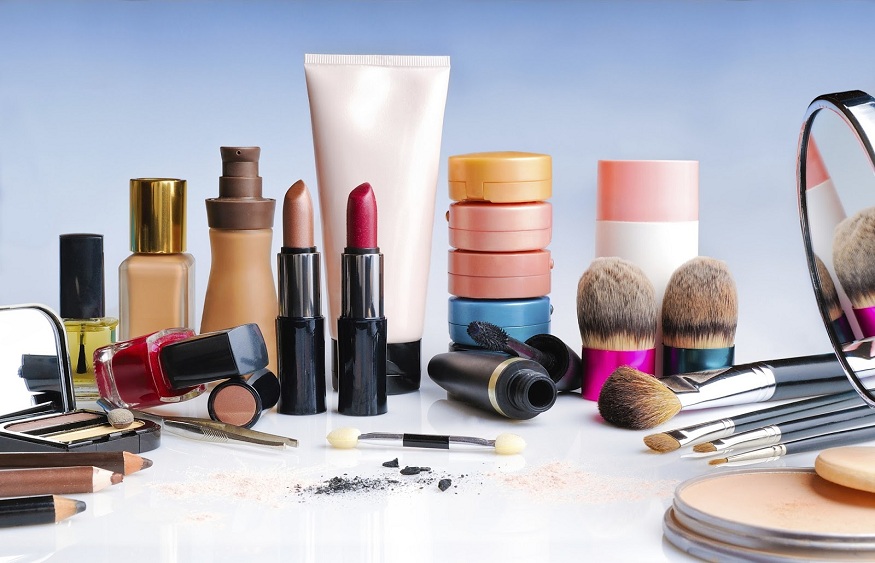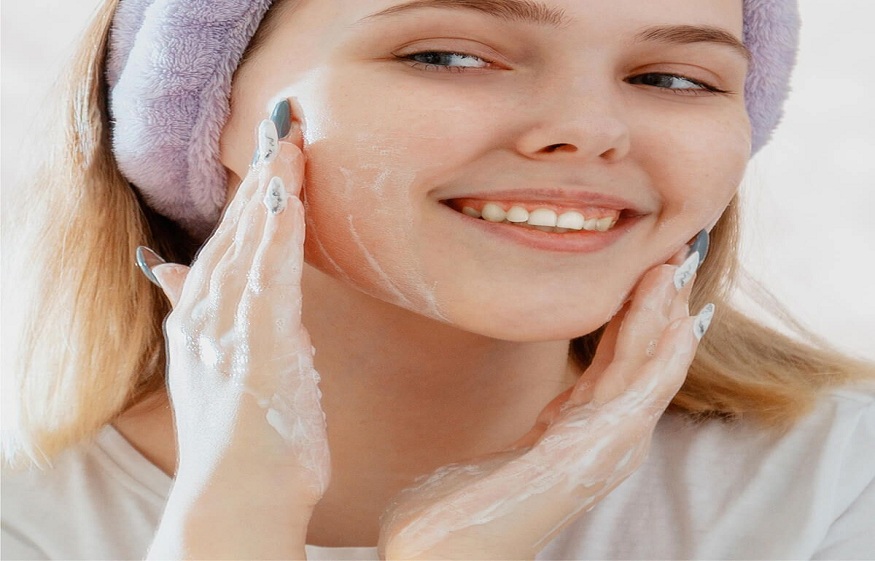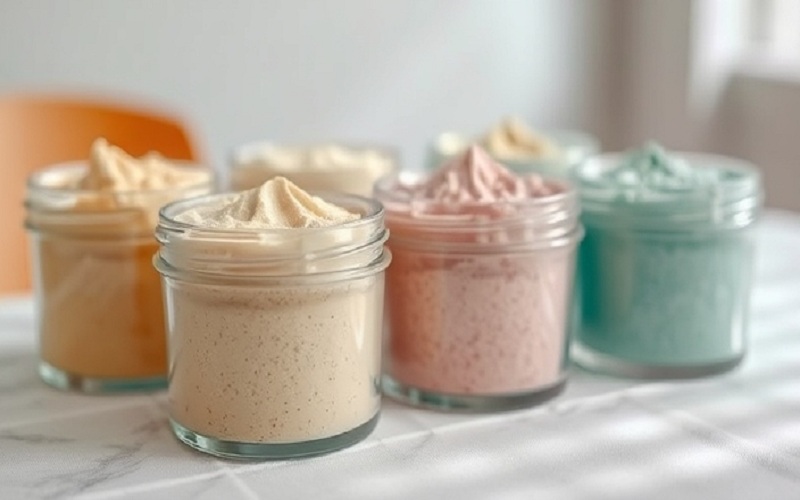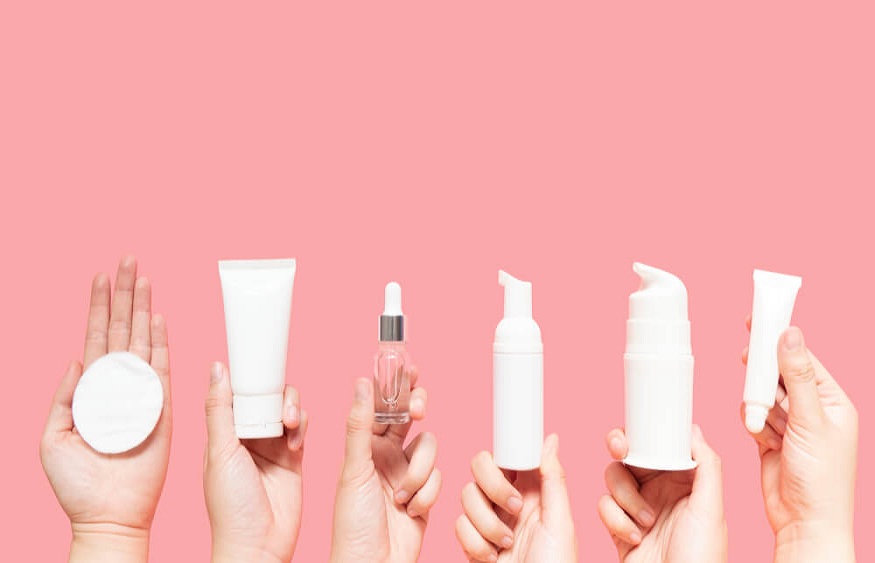
The regulations relating to cosmetic products define the information that must appear on their labeling [1] . They must be written in easily visible and legible characters, in an indelible manner and be written in French (they can also appear in another language).
precautions for use: they inform the user of the measures he must take to use the product in complete safety;
date of minimum durability, mandatory if the durability is less than 30 months: indicated after the words “Best to be used before…” or after an hourglass, this is the date before which it is preferable to use the product;
period (or duration of use) after opening, mandatory if the durability exceeds 30 months: mentioned with the symbol representing an open jar with a number of months or years, it indicates how long after opening the product can be used in completely safe;
the list of ingredients is established in descending order of importance. As a result, in general, the first 3 or 4 ingredients on the list constitute more than 80% of the product. Below 1%, the ingredients can be listed out of order;
the perfuming compositions, in order to preserve the trade secret, are referred to by the terms “PARFUM” or “AROMA”. However, the main odoriferous allergens must be mentioned.
This symbol can be used if the same product is marketed with several color shades. All colorants used in the range are mentioned in the listing. We often encounter this scenario on makeup palettes.
Why can we read after some ingredients the mention
These ingredients are present in the form of nanomaterials, within the meaning of the European regulation on cosmetics. When it comes to dyes, preservatives or sunscreens, the ingredients in the form of nanomaterials must be subject to specific authorization and an assessment which will have judged that they present no risk to health. of the consumer under normal conditions of use.
My product contains aloe vera, is it juice directly extracted from the plant or reconstituted powder?
In order not to be misleading for the consumer, the use of aloe vera gel or juice reconstituted from powder must explicitly mention at the beginning of the labeling the addition of reconstitution water. Fresh aloe vera juice is significantly more expensive than gel reconstituted from powder.
This claim is potentially misleading because the sources of allergy or sensitization are not the same for everyone. It must be specified by other information.
This claim can only be used when the product has been designed to minimize its allergenic potential, and it can be proven. In particular, the product must not contain any known allergen or allergen precursors identified by an official risk assessment committee[1], by European regulations, by scientific literature or by consumer complaints, nor any substance insufficiently assessed.
Their supervision varies according to the substances and according to their role. Some are explicitly authorized after evaluation by scientific experts. However, if you wish to avoid them, their absence can also be checked by consulting the list of ingredients, which must specify “[nano]” after the ingredients present in this form.
Good to know
The complete list of ingredients must appear on the product or its packaging in a visible and legible manner. Checking this list carefully is the surest way to inform yourself about the product you want to buy and to spot the ingredients you want to avoid. This is particularly important if you suffer from allergies, as the main allergens must be labelled.
Claiming only compliance with the regulations is prohibited: this creates the impression that the product is better than competing products when everyone must comply with the same provisions.
Article 18 of the European Cosmetics Regulation specifies that animal testing is prohibited for all cosmetic products placed on the European market. These products, as well as the ingredients that compose them, are therefore no longer subject to animal testing since the entry into force of this regulation in 2013. The mentions of the type “not tested on animals”, which suggest consumers that other products placed on the European market are tested on animals and are therefore prohibited with rare exceptions.
Logos or labels in favor of animals can only appear if specific actions have been taken in addition to the simple fact of not testing on animals (e.g. absence of tests in countries where the law does not prohibit it not).
Claiming the absence of a prohibited substance is also prohibited: “without corticosteroids”, “without hydroquinone” must not appear on the products because none must contain it. For substances which you do not know whether they are authorized or not, and which you wish to avoid, it is always possible and preferable to check their absence by consulting the list of ingredients.
What claims are permitted?
In general, claims that provide useful information that is not easily detectable from the list of ingredients. This is the case of the absence of certain groups of ingredients that you do not find among Latin or English names and that you may prefer to avoid due to particular health problems (allergies, skin sensitized by treatments, accidents or surgeries), your lifestyle or beliefs, or because you want to benefit from technological innovations or products with special
Example: “without sulfates”, “without mineral oils”, “without alcohol”, “without soap”, “without GMOs”, “without ingredients/substances of animal origin” or “vegan”, “without preservatives” (provided that the product does not contain any substance with an antimicrobial effect), “perfume-free” (provided that no perfuming substance is present), “acetone-free” for nail polishes, etc.



